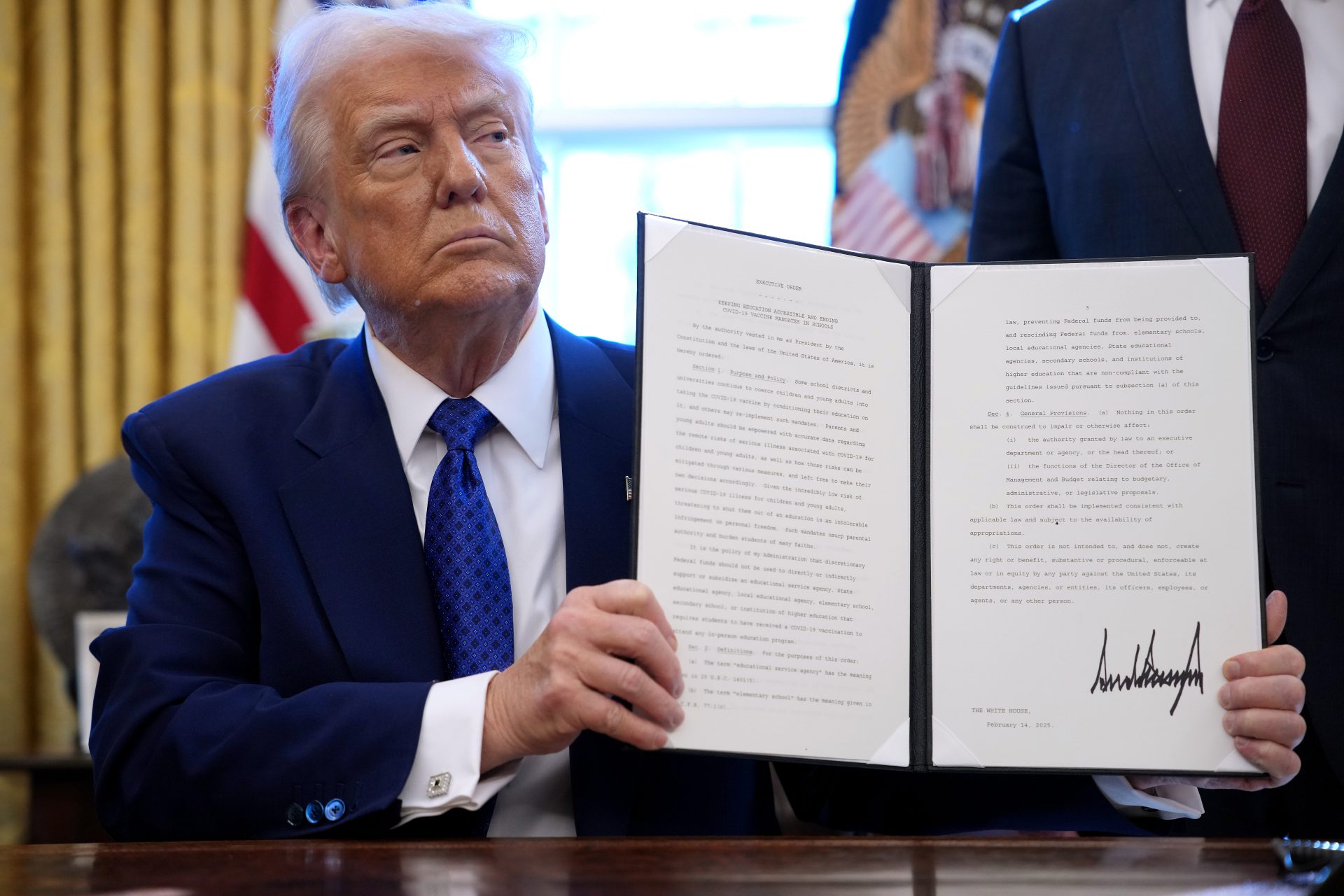Understanding the U.S. midterms - the elections that could change America
The United States is right in the middle of midterm elections, which will be held on November 8, 2022. For those non-American readers out there, it is important to know that this year's midterm elections will play a vital role in the future of all Americans.
Traditionally, midterm elections have a much lower voter turnout when compared to presidential election years; however, they are crucial for deciding if Republicans or Democrats will control Congress.
The midterm elections are those that occur midway or halfway through a president's term. On midterm election day, American citizens can vote for members of Congress and representatives at the state and local levels.
Congress is made up of two chambers: the House of Representatives and the Senate. All 435 House seats are up for grabs during the midterms because representatives serve two-year terms.
However, Senators serve six-year terms, so during each midterm election, a third of Senate seats are up for a vote; in 2022, 34 Senate seats are available. Constitutional design means that there is only one Senate seat from each state up for vote simultaneously.
Each state will have different offices on its ballots so that citizens may be voting for a mayor, a governor, an attorney general, or even local officials. It will vary depending on where one lives and is registered to vote.
According to federal statute, midterm elections are held on the Tuesday following the first Monday in November, which is why they are being held on November 8 this year.
Voters may vote by mail (in fact, some states hold elections mainly by mail) or in person at a variety of polling locations.
In addition, in the months leading up to election day, some states hold primary elections to narrow down the amount of candidates from each party, so there is only one person from each party running by election day.
Traditionally, midterm elections do not attract a large voter turnout, with an average of 40% voter participation for midterms vs. 60% for presidential elections.
Nonetheless, many believe the 2022 midterm elections will have a larger voter turnout. The last midterm elections in 2018 saw an increase of 11% in voter participation compared to the 2014 midterms.
This year's midterm elections will determine the fate of several controversial issues that the country is currently facing.
Karlyn Bowman, distinguished senior fellow emeritus at the American Enterprise Institute, told Reader's Digest, "Both Republicans and Democrats seem energized about voting this fall. Elections are always important in a country such as ours, and 2022 will be no exception."
The political campaigns for the 2022 midterm elections are mainly centered around several hot-button issues.
From gun control issues brought to the spotlight following multiple school shootings in 2022, such as in Uvalde, to the legislation related to Roe v. Wade and the right to abortions.
In addition, issues related to federal policies related to the war in Ukraine, gas prices, and inflation, will all be affected by the results of the midterm elections as they will affect the political makeup of Congress.
The midterm elections are really what shape the country. However, many Americans tend to think that simply by voting for the president they support in presidential elections, they will see the change they hope to see in the country.
But in the United States, there are three branches of government: the executive branch, (of which the president forms a part), the legislative branch (Congress), and the judicial branch (the Supreme Court).
When Americans vote in the midterms, they can influence which political party has more power and controls each chamber of Congress.
Whichever party controls the House of the Senate will decide upon the issues that Congress will consider, shaping the legislative field for the last two years of the president currently in office.
The Democrats currently control the Senate with very tight margins; however, the 2022 midterms could change that. There are a total of 34 seats available in these elections, of which 14 are held by the Democrats, and the Republicans hold 50 Senate seats.
To maintain a majority, the Democrats must hold on to their current 48 seats and win an additional three more. If the Democrats fail to do so, the results of the Senate race will swing in favor of the Republicans, who would then control the Senate.
The 2022 midterm elections will undoubtedly show in which direction the United States is headed at a time when the country has never been more divided.
More for you
Top Stories




































